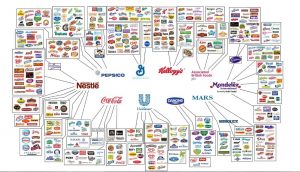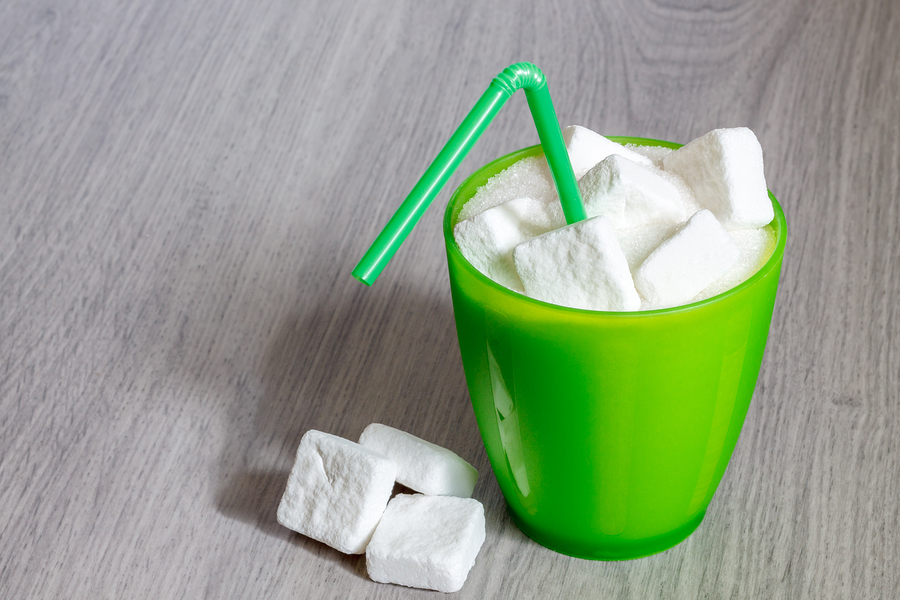Unless you’ve been hiding under a rock for the last couple of years, you’ve likely heard about the fact that in the U.S. we eat FAR too much sugar. There have been news stories and documentaries highlighting the intense damage it has done and continues to do; it has some effects on opioid pathways within the brain, the same system manipulated by drugs like heroin and morphine.
With that in mind, it is crucial to watch the amount of sugar that your children ingest on a daily basis and according to the American Heart Association, children 2 to 18 should consume no more than about six teaspoons of added sugars daily.
From the CNN article:
“A diet high in added sugars is strongly associated with weight gain, obesity, insulin resistance, abnormal cholesterol and fatty liver disease in children and all of these increase future cardiovascular risk,” said Dr. Miriam Vos, an associate professor of pediatrics at Emory University and Children’s Healthcare of Atlanta and lead author of the paper.
I hope that this statement helps parents and organizations that help care for children by providing an achievable goal,” she said. “How much sugar is OK for kids has been a confusing issue for parents, and this statement provides a target that parents can understand, and that will make a huge difference for the health of children.”
After reviewing and analyzing more than 100 papers and studies on the cardiovascular health effects of added sugars on children, researchers concluded that children are currently consuming more than the newly recommended 25-grams-or-less of added sugars daily, on average (I could have told them that).
To put that number in perspective, sweets should be limited so that added sugar makes up 10% or less of your daily calories. The problem with that is one bowl of Kellogg’s cereal for breakfast.
So just what constitutes “added sugars”? Table sugar, fructose, sucralose, aspartame, honey, brown sugar, corn syrup- you get the drill. And that stuff is found EVERYWHERE.
A frosted doughnut has 23 grams of added sugar.
A bowl of cereal can range from 1 gram to 12 or more grams (depending on the brand).
One soda typically has 33 grams.
More from the article:
“We now have the data to show that sugar is different from starch, unrelated to its calories, and is causative for four diseases: type 2 diabetes, heart disease, fatty liver disease and tooth decay,” he said. “It’s like alcohol but for kids. … It activates the brain’s reward center to make you consume more.”
As parents, you are responsible for feeding your kids. For far too long we’ve trusted the 10 companies that own all major food brands to give us access to safe food. We’ve had blinders on and we have to take them off. Our kids are counting on us.

Source: CNN












